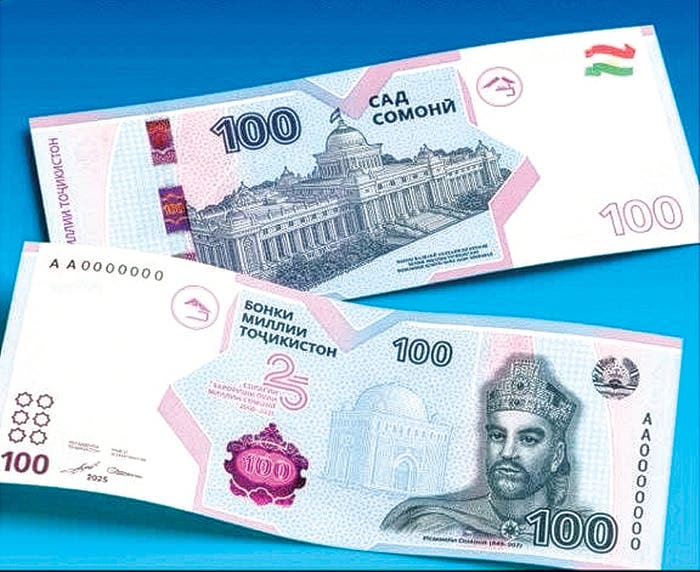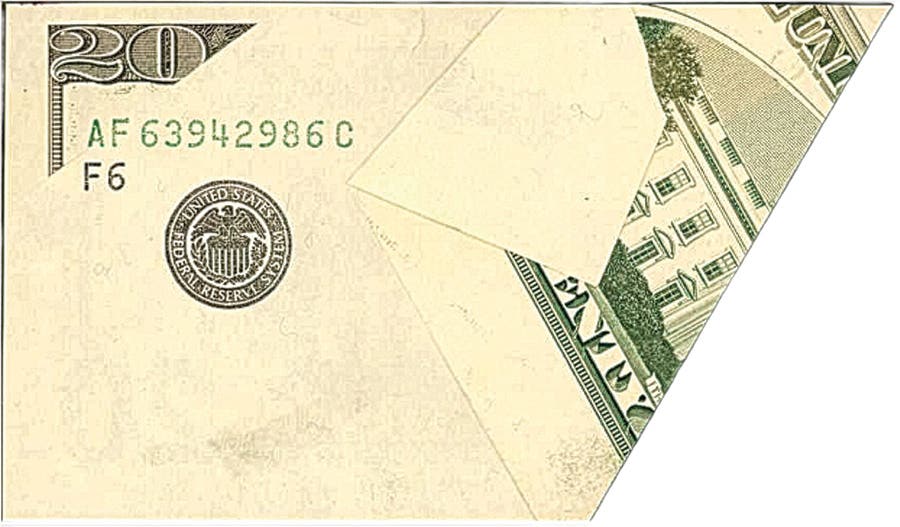Collecting National Bank Notes
Do you collect National Bank Notes? If you don’t, you should look into them. National Bank Notes help tell the story of American History from 1863 and the Civil War…
Do you collect National Bank Notes? If you don’t, you should look into them. National Bank Notes help tell the story of American History from 1863 and the Civil War to 1935 and the Great Depression. At the onset of the Civil War, the government suddenly needed more money to conduct a war. At that time hard money was gold. Hugh McCulloch, the Comptroller of the Treasury devised a plan to issue National Currency to Banks that qualified. Such banks could purchase government bonds in exchange for their gold. They would then receive notes provided by the Treasury to them for loans locally and collect bond interest as well. More notes could be issued as notes were redeemed. Banks paid a small fee on notes in circulation. This allowed the Union to pay for war expenses. The Confederacy had no such options, and their currency slowly became worth less and less, as their war efforts began to fail. In the U.S., currency became less valuable as the war progressed. By the late 1870’s after the war ended, however, currency became equal with gold. This banking system would endure until the last issue of National Bank notes in 1935. In 1863 the first National Bank chartered was Charter number 1, The First National Bank of Philadelphia, on June 30, 1863. The last was from Charter number 14348 in 1935.
In 1928 Small Size notes were introduced and the government issued Legal Tender notes based on the faith and credit of the government. They also issued increasing numbers of notes backed by silver. This was profitable for the government as each dollar was valued as one ounce of silver. With the vast silver deposits the government was able to purchase silver for 40 cents on the dollar. Silver certificates were issued until 1963 when the value of silver exceeded one dollar. We began issuing dollars valued by the government on its faith and credit. Since that time silver has risen and fallen but staying well ahead of $1.
Action has been slow this summer, but prices seem to be holding their own. Small size notes seem to be underrepresented in small auctions. So, some bargains are appearing, not known to collectors who are looking for scarce notes in weekly Heritage auctions. 67 and 68 more graded modern have dropped in price as collectors realize the BEP is doing a better job in printing notes that have excellent centering between faces and backs, a major factor in notes grading 67 and up. Fancy numbers are a major source of collector interest. Notes with serial notes with 7 numbers the same are attracting interest along with other single digit numbers and up and down ladder numbers. Contact me at billbrandimore@charter.net









